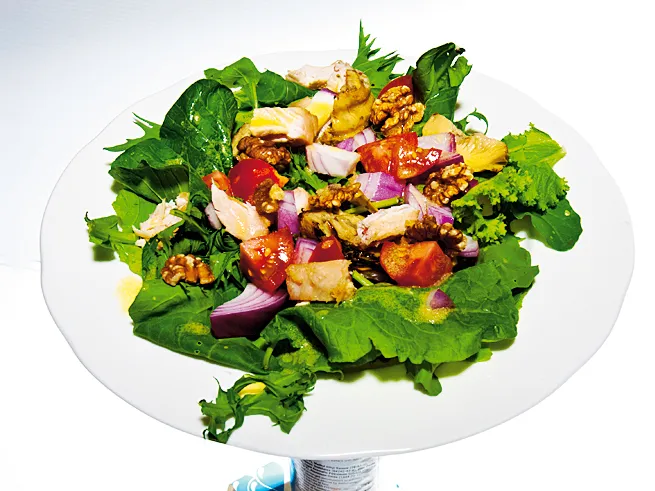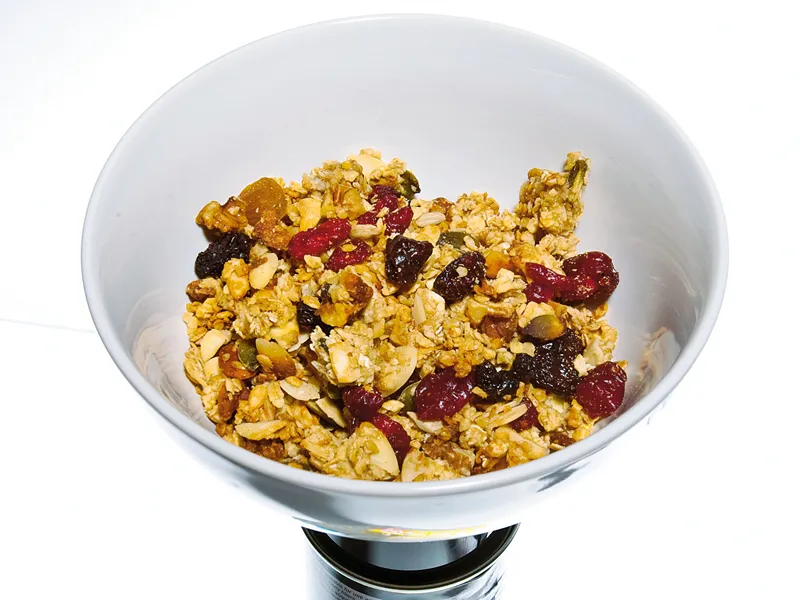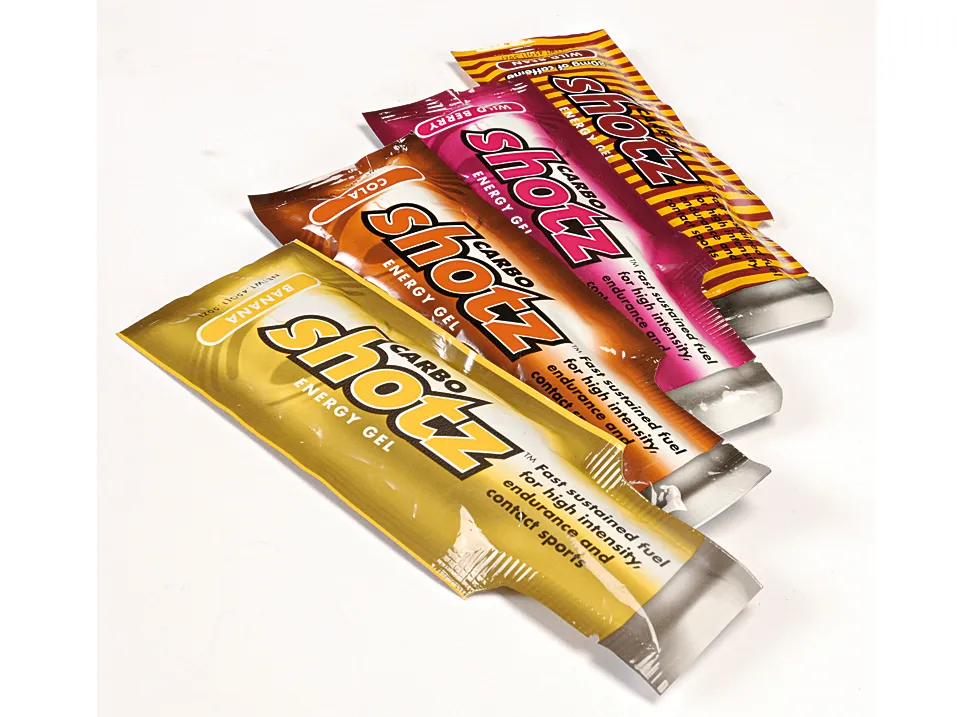There’s a lot of rubbish written about carbohydrates – they’re an essential part of our diet and particularly important to athletes. But not all carbs are created equal, says What Mountain Bike's Rose Brandle.
Many of you will be familiar with the concept of GI (Glycaemic Index) as a measure of how different carbohydrate foods release glucose into the bloodstream.
They can be split into two main groups: simple, quick release carbs and complex, slow release carbs. Use them wisely and they’ll keep you well fuelled and riding hard throughout the winter.
Before a ride
Try to consume a mix of simple and complex carbs beforehand, plus some protein and fat. This will ensure that you have a slow, steady source of energy. Scrambled eggs on wholewheat toast or porridge made with milk and topped with honey or chopped fruit and nuts are great ways to start your day.
During a ride
This is where simple, quick releasing carbs come into their own. If you plan to train or ride for longer than an hour, try to consume some carbs to stop your body raiding your muscle glycogen, and again immediately after to replenish your stores.
There are loads of high tech training foods out there, from gels and powders to bars and energy drinks; they’re a great way to keep yourself topped up with minimal fuss and mess.
However, there are tried-and-tested alternatives you can make up yourself, such as bananas (they even come in their own waterproof wrappers), dried fruit, fig rolls and biscuits, or even a simple jam sandwich. Natural sugary foods will always be better for you than processed ones made with refined sugar.
After a ride
As we’ve already mentioned, you’ll need to replenish your muscle glycogen stores after training. Try to eat a high-carb snack or meal within an hour of finishing your ride: the ideal meal will have a mix of slow and fast-release carbs, plus protein and a little fat (protein is converted into amino acids which help build muscle). Chilli con carne with rice or a pasta dish with lashings of veg are ideal.

Complex carbohydrates such as fruit and veg release energy slowly
Types of carbohydrates
1 Complex: Long chain, complex (or ‘slow release’) carbohydrates release energy slowly (it takes time for the body to break down the long chains of glucose, and it’s done in stages so the release is sustained). These include fruit, vegetables and wholegrains (eg brown rice, wholewheat pasta) and should make up the bulk or your carbohydrate intake, except when ‘carb loading’ during training.
2 Simple: Short chain, simple (or ‘fast release’) carbs are easily converted to glucose and enter the bloodstream quickly. This makes them a good choice for fast fuel, and are ideal for use during training, but it’s important that not all your carbohydrate intake is in this category.
A spike in blood glucose (from eating a bag of jelly babies, for instance) is fine if you use all the glucose as fuel, but any excess will trigger the insulin response and you’ll feel a ‘crash’ as it’s removed and stored in your fat cells.
3 Fibre: There’s one other type of carbohydrate we haven’t touched on yet: fibre. Fibre is made of long chain carbohydrates, but they’re not absorbed like other carbs because humans don’t have the enzymes to break them down, so fibre is generally lower in calories. And because it can’t be broken down, it acts as a bulking agent in our waste. And we all know what that means...

Fibre is made of long chain carbohydrates that our bodies can't break down
